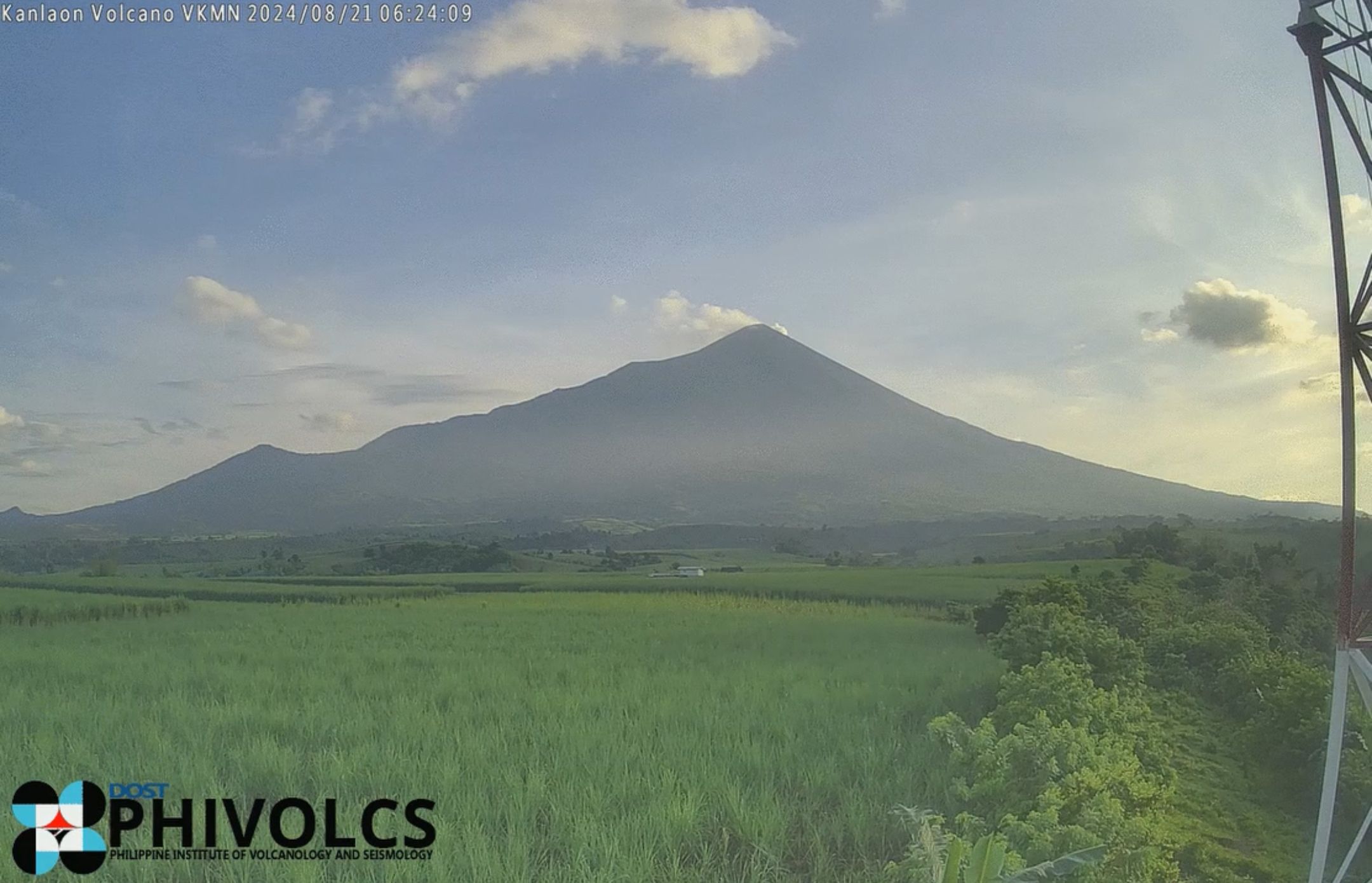Kanlaon Volcano gas emissions remain elevated for second consecutive day

Kanlaon Volcano’s sulfur dioxide (SO2) emissions stayed at elevated levels for the second day in a row, based on the Philippine Institute of Volcanology and Seismology (Phivolcs) advisory issued on Sunday, Aug. 25.
In a notice issued at 9:15 p.m., Phivolcs reported that SO2 emissions from Kanlaon’s summit crater reached 7,172 tons on Sunday, an increase from 6,367 tons the previous day.
“This is the second highest emission from the volcano recorded this year and since instrumental gas monitoring began,” Phivolcs said.
It noted that Kanlaon Volcano had been releasing increased concentrations of volcanic SO2 at an average rate of 1,273 tons per day before the June 3 eruption.
Since then, emissions have been particularly high, with a current average of 3,351 tons per day.
Phivolcs also reported that volcanic earthquake activity has continued at an average of nine events per day since the eruption.
Real-time data from GPS and electronic tilt measurements have shown slow but sustained inflation and pressurization of Kanlaon Volcano since March 2022, with increased inflation on the eastern flank starting in 2023 and the southeastern flank detected by campaign EDM in July 2024.
“The current monitoring parameters warn of shallow magmatic processes beneath the volcano that are actively driving unrest, causing persistent and increasing concentrations of volcanic gas emission, persistent volcanic earthquake activity, and swelling of the edifice,” Phivolcs explained.
The public is reminded that Alert Level 2 (increasing unrest) remains in effect for Kanlaon.
This indicates ongoing unrest driven by shallow magmatic processes, with an increased chance of leading to explosive eruptions or hazardous magmatic activity from the summit crater.
It is strongly advised to remain vigilant and avoid entering the four-kilometer-radius permanent danger zone to minimize risks from volcanic hazards such as pyroclastic density currents, ballistic projectiles, rockfalls, and others.
In the event of ash fall affecting communities downwind of Kanlaon’s crater, Phivolcs recommended that people cover their nose and mouth with a damp, clean cloth or dust mask.
Civil aviation authorities are also asked to advise pilots to avoid flying close to the volcano’s summit, as ash and ballistic fragments from a sudden eruption can be hazardous to aircraft.
Communities living near river systems on the southern and western slopes, especially those that have already experienced lahars and muddy streamflows, are advised to take precautionary measures if heavy rainfall over the volcano is expected or has begun.